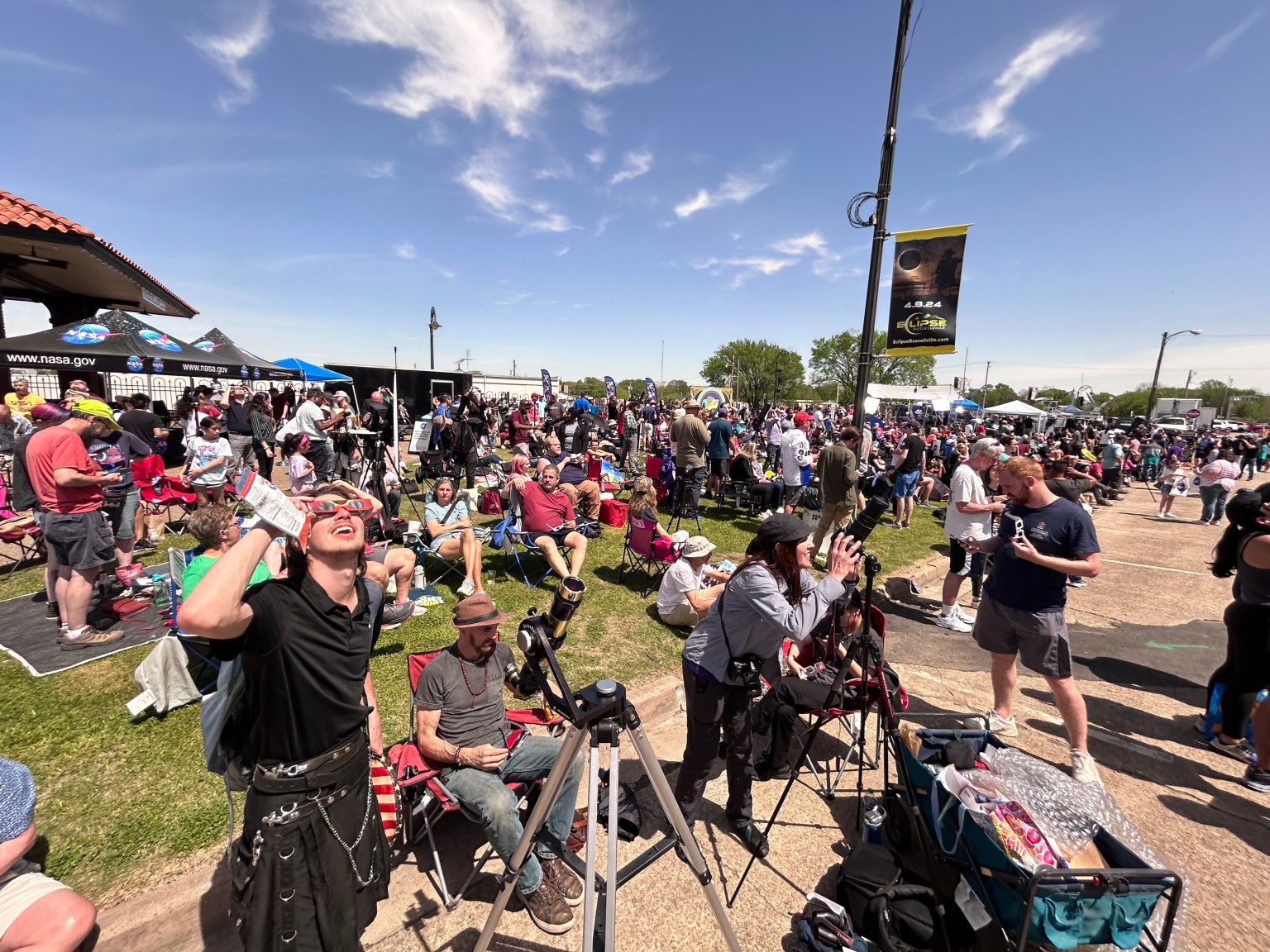
NASA, Marshall Help Viewers Celebrate Total Solar Eclipse in Arkansas
A group of Marshall and agency team members traveled to Russellville, Arkansas, to help viewers experience the April 8 total solar eclipse through the eyes of NASA.
Science and communication experts from NASA's Marshall Space Flight Center, Stennis Space Center, Kennedy Space Center, and NASA Headquarters provided educational outreach opportunities and participated in panel discussions in Russellville, which experienced an eclipse totality of 4 minutes, 12 seconds.
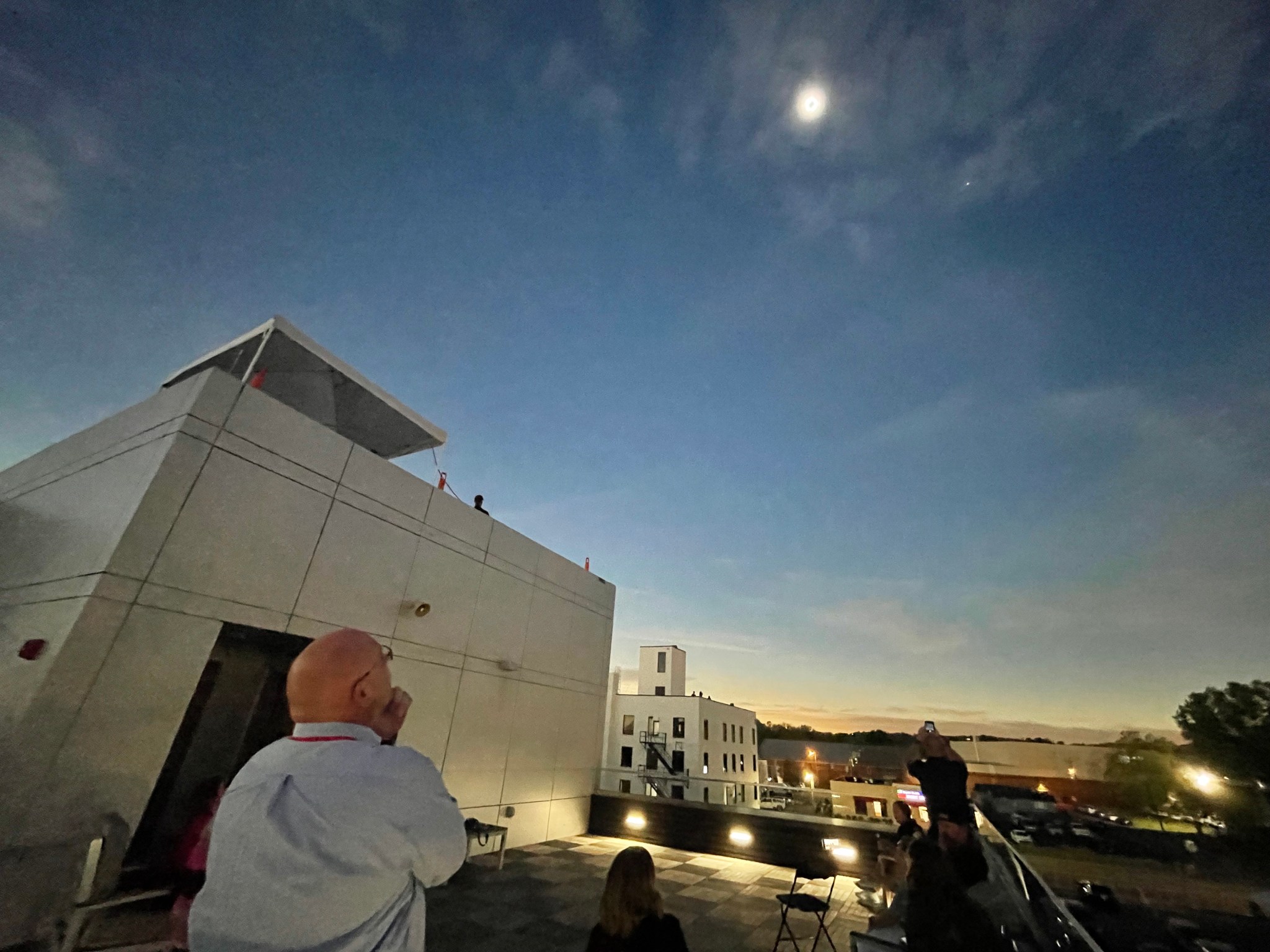
NASA was also joined by experts representing the Arkansas Air National Guard and the Paris Observatory in Muedon, France. More than 100,000 tourists were expected to visit Russellville for the rare experience. Marshall hosted part of the agency's live television broadcast from the city and conducted several scientific presentations and public events for visitors.
More than 400 NASA employees at 14 locations across the U.S. engaged the public, from Texas to Maine. As of Tuesday afternoon, more than 13 million viewers had watched the broadcast. You can watch NASA's broadcast coverage of the eclipse here.
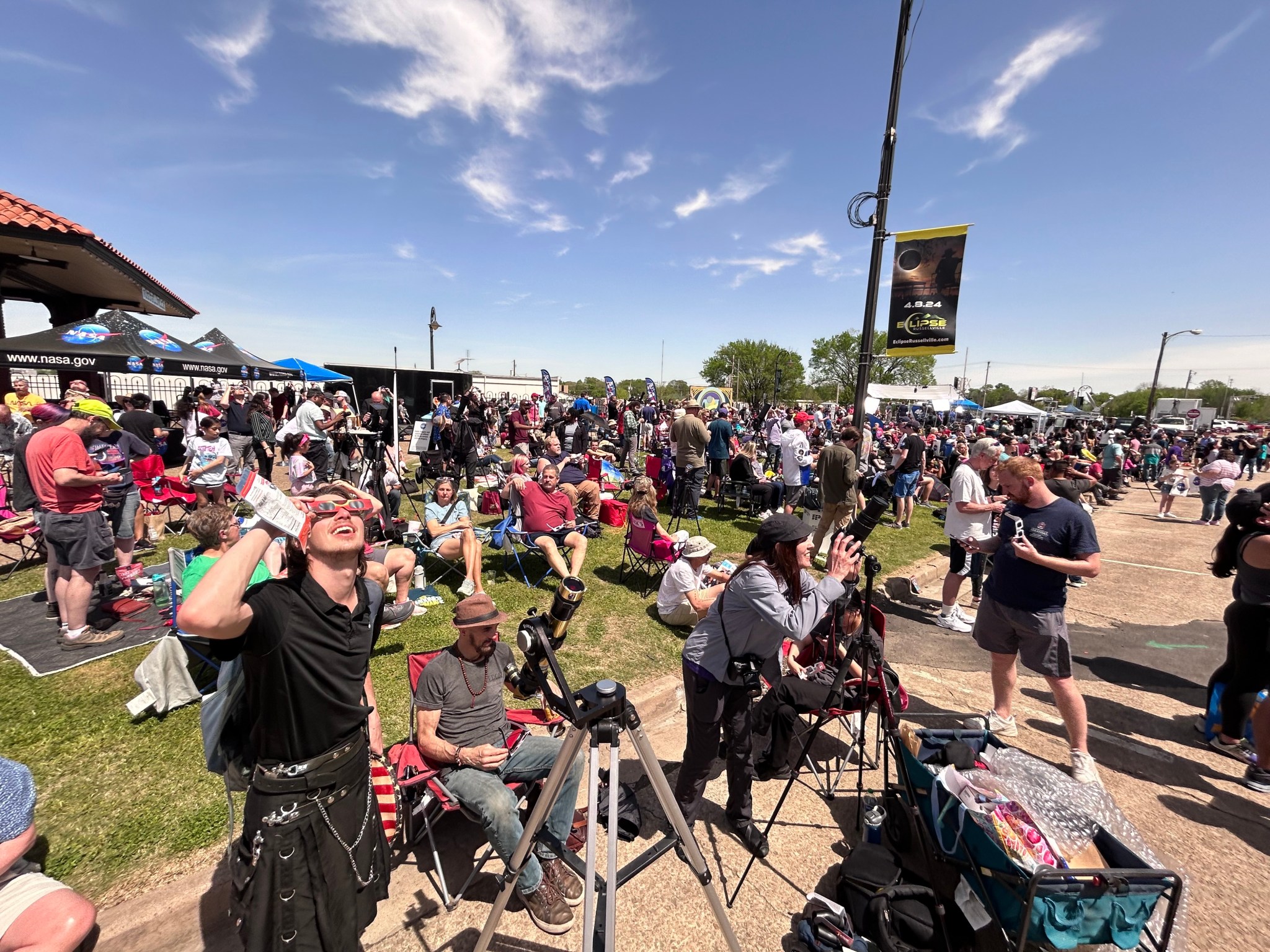
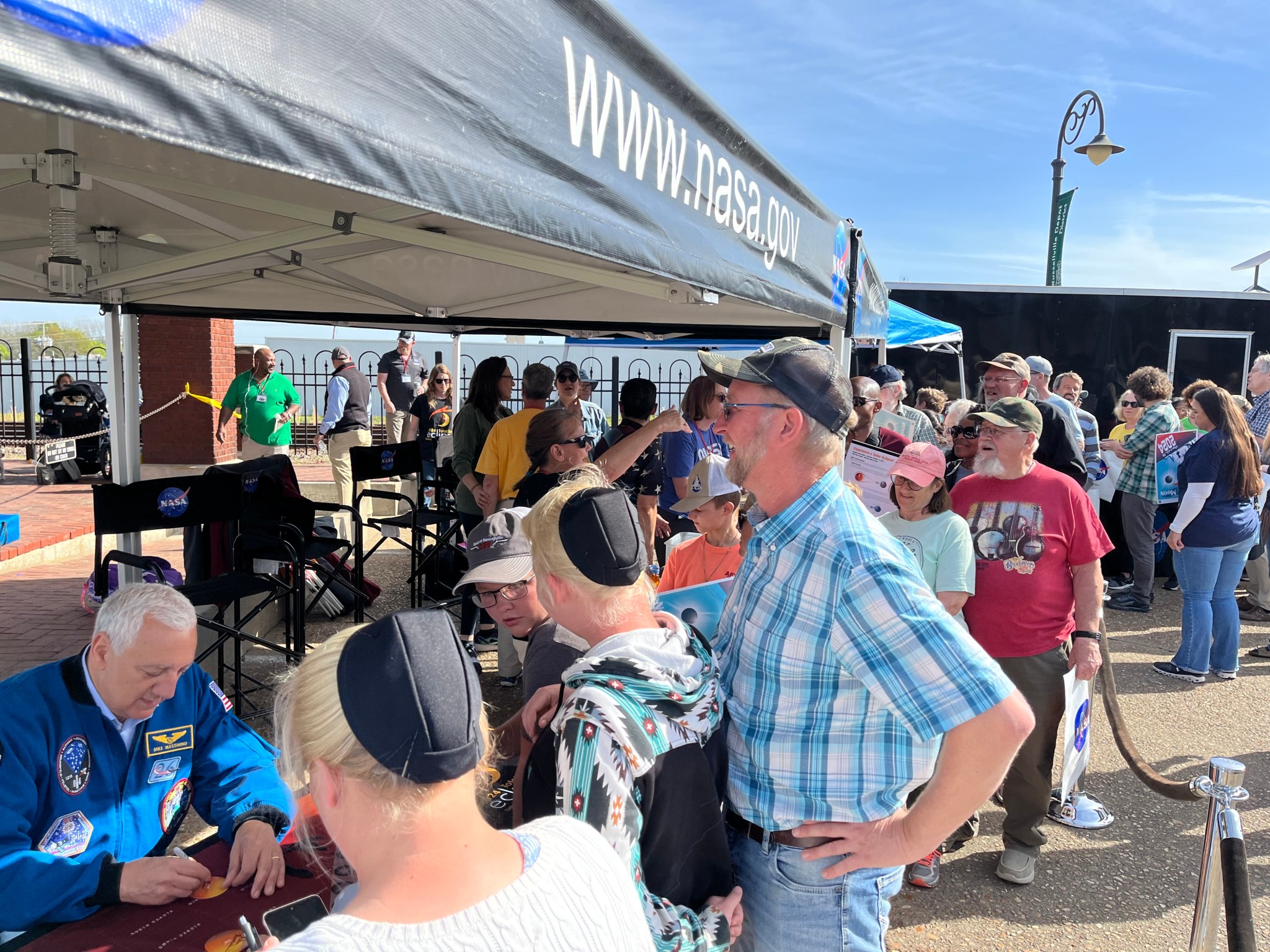
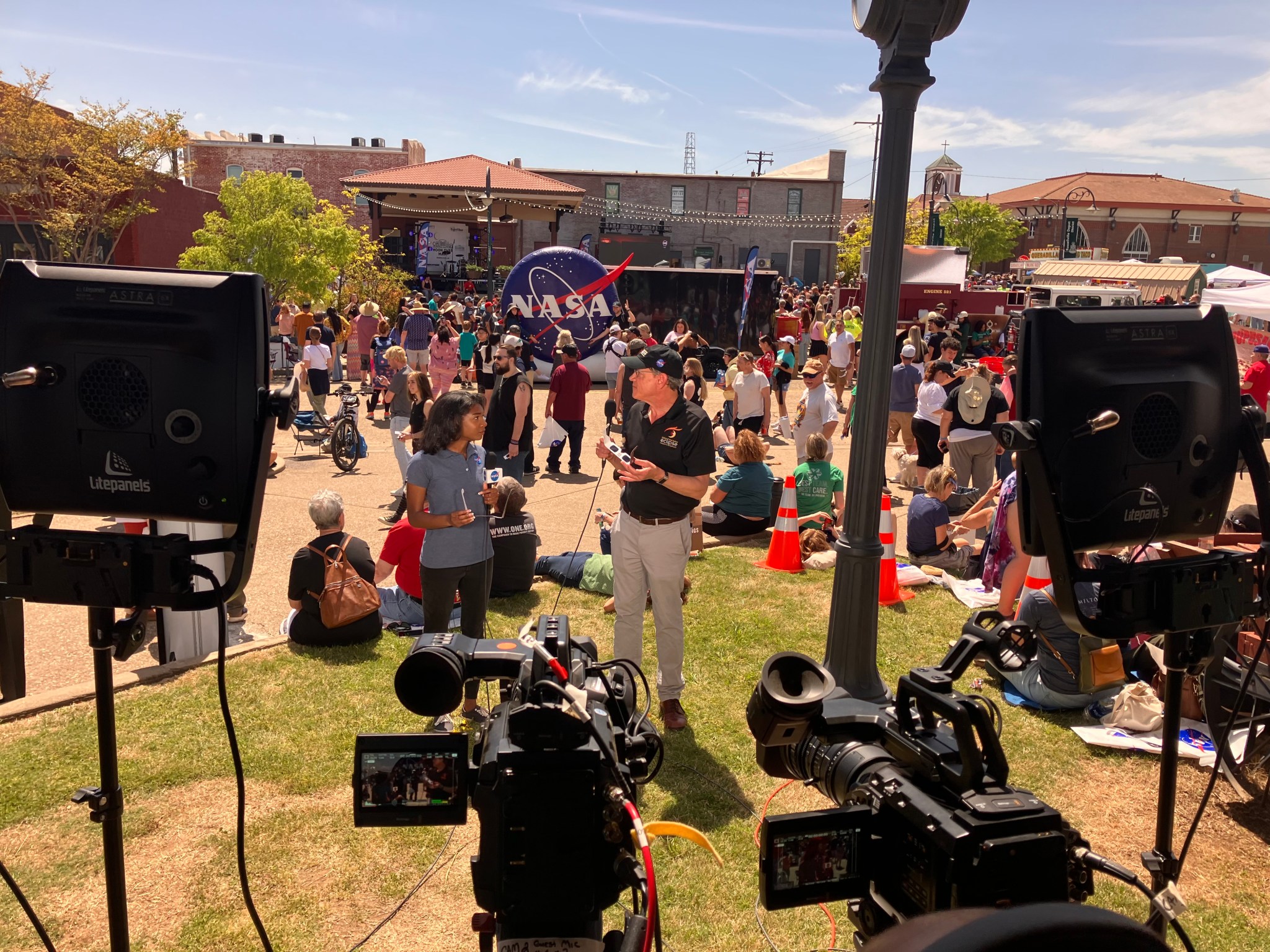
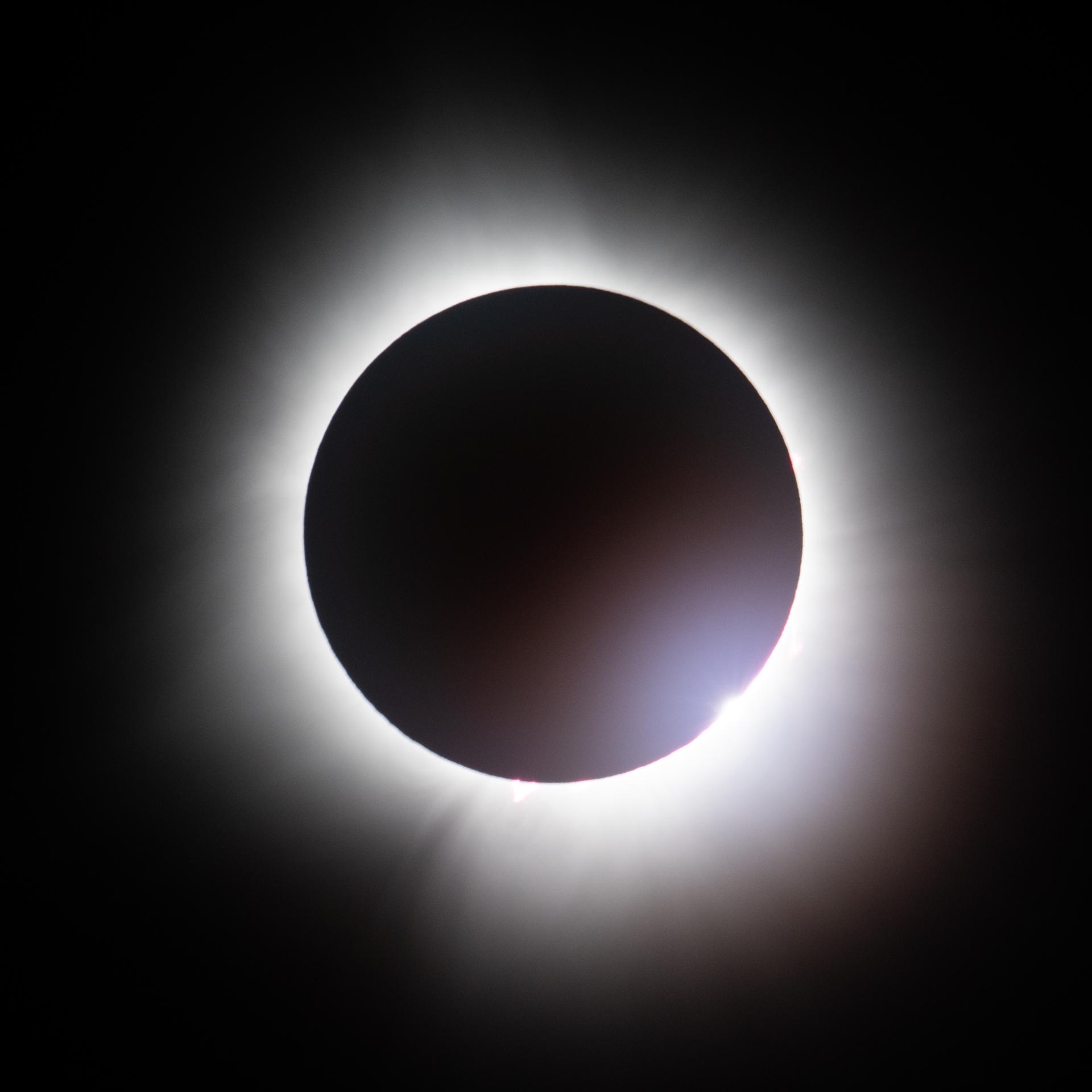
Student Launch Challenge Returns to Alabama April 13
NASA's 2024 Student Launch challenge will bring students from colleges, universities, high schools, middle schools, and informal education groups to launch amateur rockets and payloads April 13, starting at 8:30 a.m. CDT at Bragg Farms in Toney, Alabama, near NASA's Marshall Space Flight Center.
Live streaming will begin at 8:20 a.m. CDT on NASA Marshall YouTube and Student Launch Facebook.
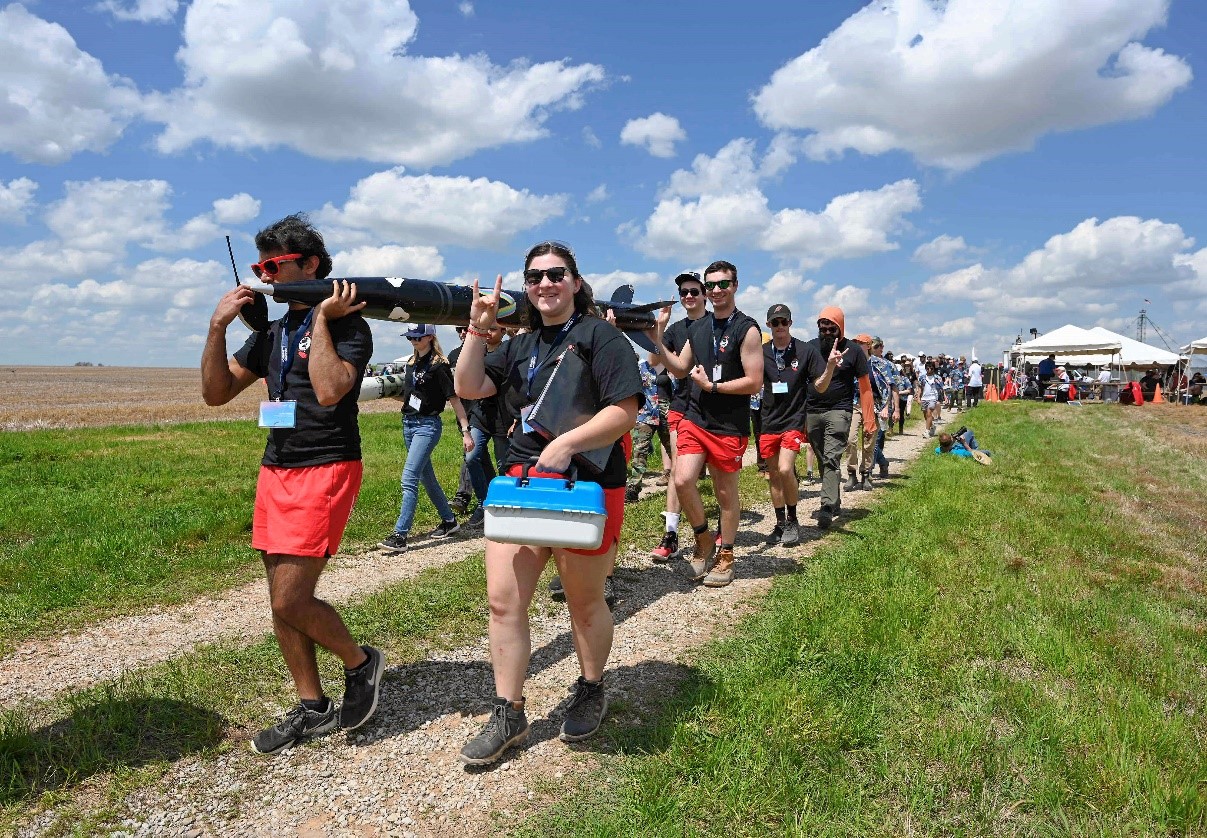
Seventy teams from 24 states and Puerto Rico are participating this year with 53 teams expected to launch in-person. Any team not traveling to Alabama may conduct final test flights at a home launch field.
NASA also welcomes the return of the Rocket Fair on April 12 from 3-6 p.m. at the Von Braun Center East Hall in downtown Huntsville. This event is free and open to the public as students display their rockets and answer questions from the media and NASA engineers.
Schedule of Events
- April 12: Rocket Fair at the Von Braun Center East Hall.
- April 13: Launch Day, gates open at 7 a.m. The event runs from 8:30 a.m. to approximately 2:30 p.m. (or until the last rocket launch) at Bragg Farms. Lawn chairs are recommended. Pets are not permitted.
- April 14: Tentative rain day on Sunday in case of inclement weather on April 13 starting at 8:30 a.m. at Bragg Farms.
Winners of the student launch will be announced on June 7 during a virtual awards ceremony once all teams' flight data has been verified.
Student Launch provides relevant, cost-effective research and development of rocket propulsion systems and reflects the goals of NASA's Artemis campaign, which seeks to put the first woman and first person of color on the Moon.
Each year, the payload component changes to reflect current NASA missions. This year's payload challenge is inspired by the Artemis missions.
Students will design a SAIL (STEMnaut Atmosphere Independent Lander) payload. It must deploy mid-air, safely return to the ground without using a parachute, and be reusable to launch the same day without repairs or modifications. The payload will contain a crew of STEMnauts, four non-living objects representing astronauts. Students will choose metrics to determine the endurance of the lander, considering acceptable descent and landing parameters.
Middle and high school teams can choose to attempt the lander payload or develop their own science or engineering experiment.
Eligible teams compete for prizes and awards and are scored in nearly a dozen categories including safety, vehicle design, social media presence, and science, technology, engineering, and math (STEM) engagement. Teams can also win the Altitude Award in each division based on how close they get to the altitude they projected their rockets would reach months in advance to launch day.
Marshall's Office of STEM Engagement hosts Student Launch to encourage students to pursue careers in STEM through real-world experiences. Student Launch is a part of the agency's Artemis Student Challenges - a variety of activities exposing students to the knowledge and technology required to achieve the goals of the Artemis missions.
In addition to the NASA Office of STEM Engagement's Next Gen STEM project, NASA Space Operations Mission Directorate, Northrup Grumman, National Space Club Huntsville, American Institute of Aeronautics and Astronautics, National Association of Rocketry, Relativity Space and Bastion Technologies provide funding and leadership for the competition.
Hansel Gill Named Director at Michoud Assembly Facility
Hansel Gill has been named as director at NASA's Michoud Assembly Facility, which is managed by the agency's Marshall Space Flight Center.
Gill has been Michoud's acting director since December after previously being the facility's deputy director from 2021 to 2023. He will be responsible for managing the day-to-day operations of one of the world's largest manufacturing facilities, where key elements of NASA's SLS (Space Launch System), and Orion spacecraft are built. Michoud, a multi-tenant manufacturing site sitting on 829 acres with over 2 million square feet of manufacturing space, also provides facility infrastructure and capacity for federal, state, academic, and technology-based industry partners.
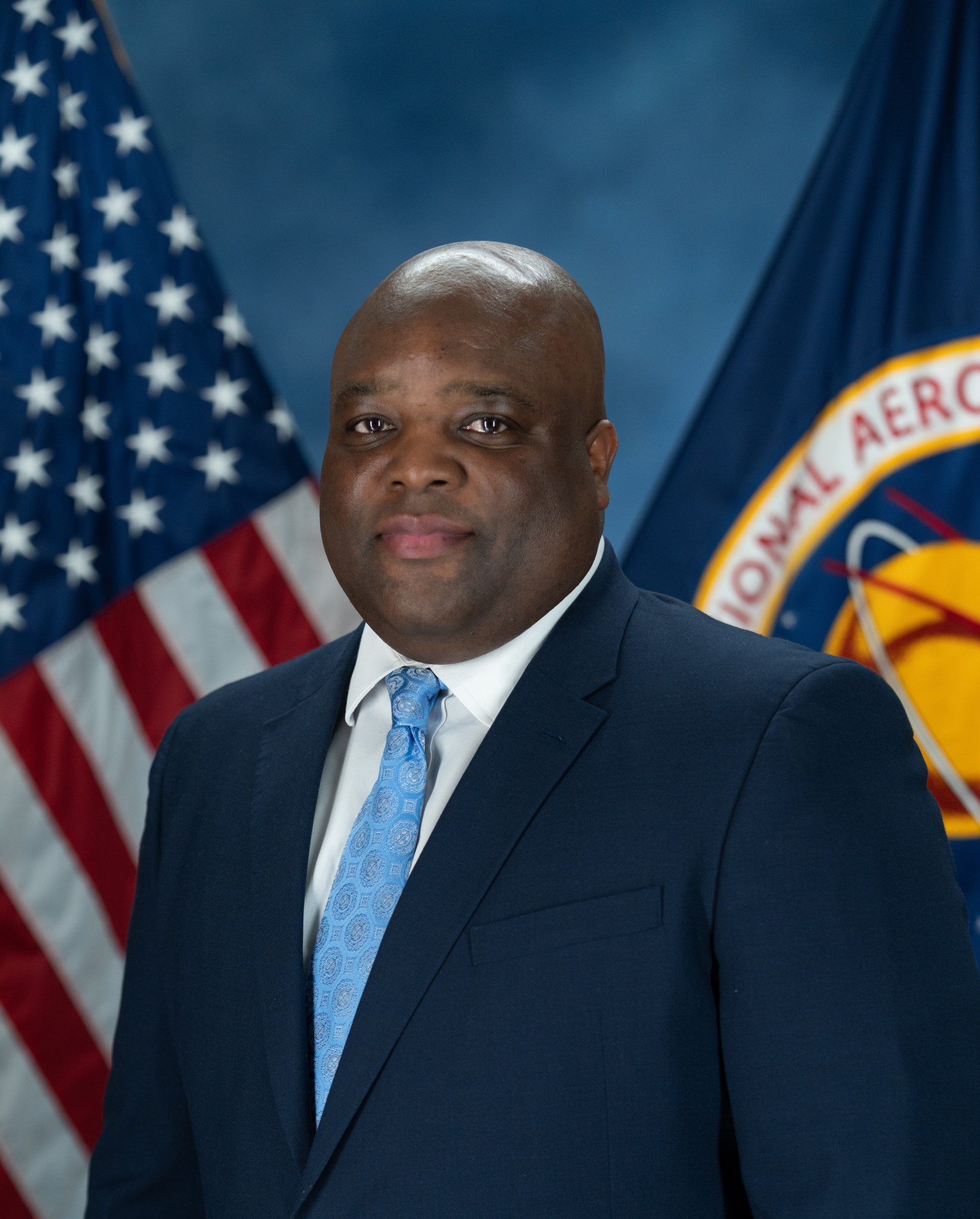
From 2016 to 2021, Gill served as subsystem manager for production in the SLS Stages Element Office, and later within the Block 1B/EUS (exploration upper stage) Development Office, providing technical leadership for SLS core stage production supporting Artemis I and early development and production planning for the exploration upper stage initiating flight hardware production operations and facility readiness at Michoud.
Gill served as team lead and acting assistant branch chief for the Metals Joining and Processes Branch in Marshall's Engineering Directorate from 2013 to 2016. He was responsible for materials characterization and process development, product management, and corrosion engineering, supporting advanced exploration and manufacturing capability advancements. While in this position, Gill led the production for the EFT-1 multi-purpose crew vehicle stage adaptor (MSA) providing the structural interface for Orion and the Delta IV launch system supporting the EFT-1 Orion Flight Test.
He joined NASA as a student intern in 1990 and was hired full time in 1996 as materials engineer in Marshall's Engineering Directorate.
Gill's awards include Safety Flight Awareness Award - Group Achievement; NASA Honor Award - Exceptional Achievement Medal; Director's Commendation Honor Award; Materials & Processes Laboratory Peer Award; Systems Engineering Process Management Tiger Team Group Achievement; Black Engineer of the Year Award - Modern Day Technology Leader (24th STEM Global Competitiveness Conference); Director's Commendation - Carbon Nanotube Technology; and a NASA Group Achievement (Safety Excellence) Award.
He received a bachelor's degree in mathematics from Oakwood University in Huntsville before earning his master's in industrial and systems engineering from the University of Alabama in Huntsville.
A Huntsville native, Gill and his wife of 27 years, Arnissa, reside in Huntsville. They have an adult daughter, Addison.
FIRST Robotics Rocket City Regional Returns
More than 1,000 high school students on 47 teams from 10 states and four countries competed in a robotics game called "CRESCENDO" during the 2024 FIRST Robotics Rocket City Regional Tournament.
The event was April 5-6 in Huntsville near NASA's Marshall Space Flight Center, which supported the regional tournament along with NASA's Office of STEM Engagement.
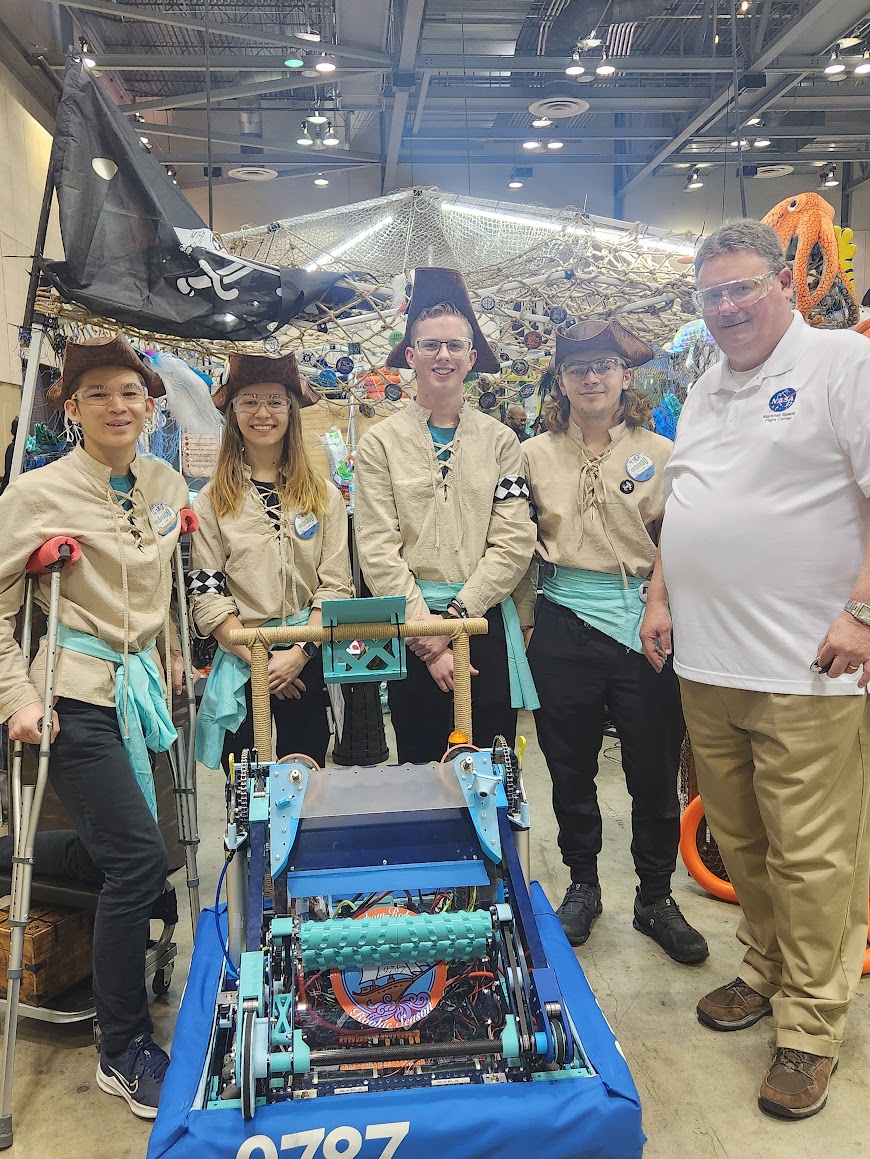
FIRST Robotics is a global robotics competition for students in grades 9-12. The competition challenges teams to raise funds, design a team brand, hone teamwork skills, and build and program industrial-sized robots to play a difficult field game against competitors.
District and regional competitions - such as the Rocket City Regional - are held across the country during March and April, providing teams a chance to qualify for the 2024 FIRST Robotics Competition Championship events held in late April in Houston.
NASA and its Robotics Alliance Project provide grants for high school teams and support for FIRST Robotics competitions to address the critical national shortage of students pursuing STEM (Science, Technology, Engineering, and Mathematics) careers.
Michoud Site Recovery Team Receives NASA's Silver Group Achievement Award
By Heather Keller
The High Voltage Hurricane Ida Site Recovery Team at NASA's Michoud Assembly Facility was awarded the agency's Silver Group Achievement Award on March 18. The team of seven was recognized for "exemplary employee dedication and perseverance ensuring the safety of site, SLS (Space Launch System) hardware, and personnel" onsite post landfall of the category 4 storm.
Hurricane Ida made landfall in southeast Louisiana on Aug. 29, 2021, causing catastrophic failure of high voltage infrastructure and leaving most of the city of New Orleans without power for several weeks. Michoud received major damage from the storm's 112 mph wind gusts and sustained winds of 80 mph. Immediately after landfall, the Michoud High Voltage Team methodically and safely energized the 6 MW emergency generator while procedurally transferring power to the facility's east and west master substations. The transfer provided critical power to the rocket factory's final assembly area while coordinating with the SLS Program and Boeing.
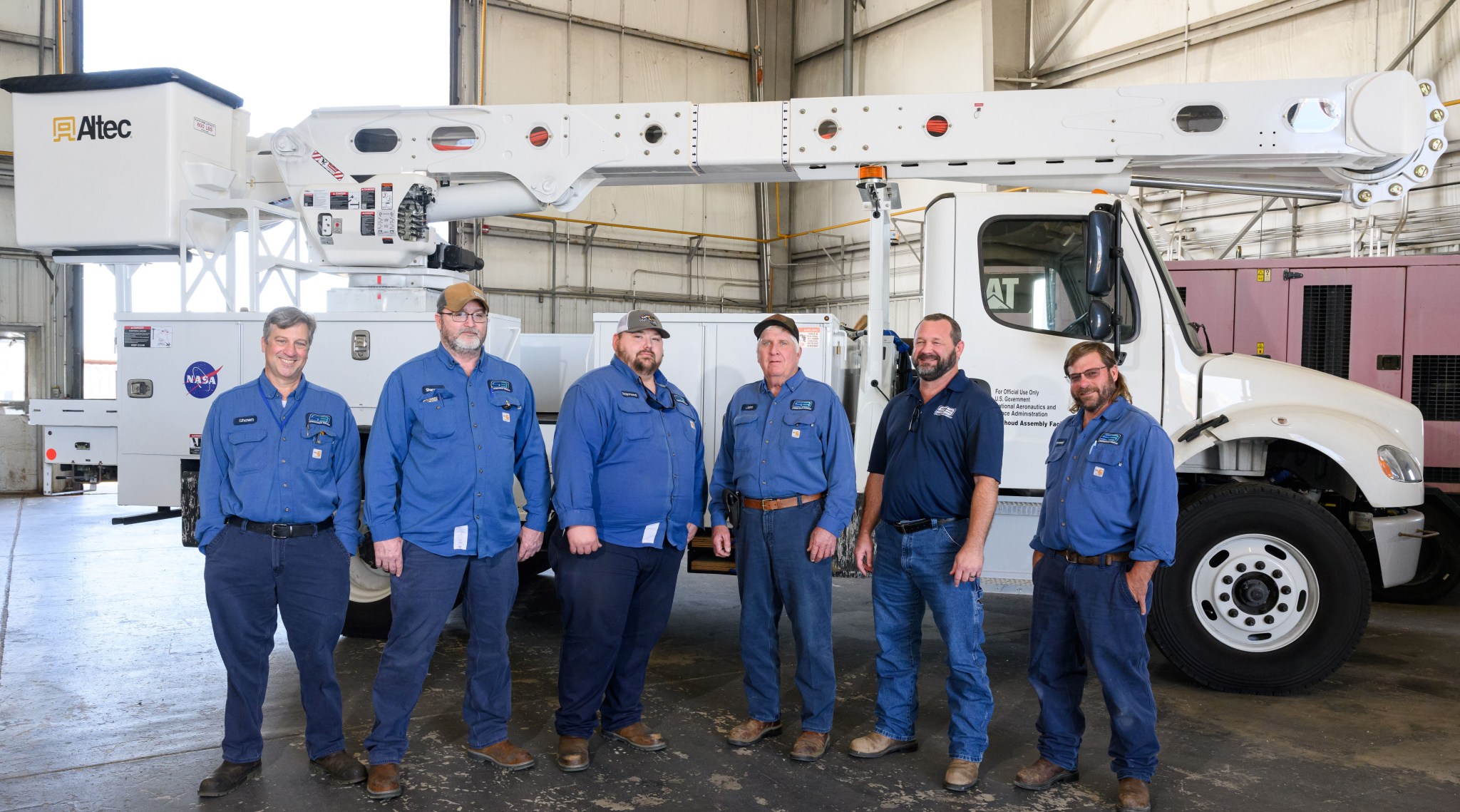
The critical transfer also provided essential power for SLS purges for Engine Section and Clean Work Areas to ensure the safety of flight hardware components. The team also provided power for lighting, allowing the Boeing teams to conduct critical inspections of flight hardware for damages.
The team also set up and provided emergency generator power for critical site infrastructure, such as the Coast Guard Exchange (CGX), which provided fuel for response and recovery personnel and other necessary supplies.
The High Voltage Team collaborated with Entergy New Orleans to determine a timeline for Michoud to accept line voltage from the site's generating station and was successful in accepting power five days post-landfall. They systematically worked to safely bring additional loads online as prioritized and requested by Boeing and the SLS Program with more than 35 buildings receiving power approximately eight days post hurricane and allow site opening for tenant access.
Keller, a Manufacturing Technical Solutions Inc. employee, works in communications at Michoud Assembly Facility.
Dr. Sterry: Be Aware of Increase in Alcohol Abuse Rates Post COVID
Dear Marshall family,
April is Alcohol Awareness Month, and recent data indicate the rates of alcohol abuse and deaths resulting from it have risen dramatically over the past few years.
Very early during the COVID-19 pandemic it became apparent that sales of alcohol were increasing, and so it has been expected that the negative impacts related to this issue would increase as well. But I don't think anyone anticipated just how much they would increase. I understand your first inclination might be to skip over this, but it's a quick read, so please take a moment to consider the situation for the sake of your family, friends, and co-workers.
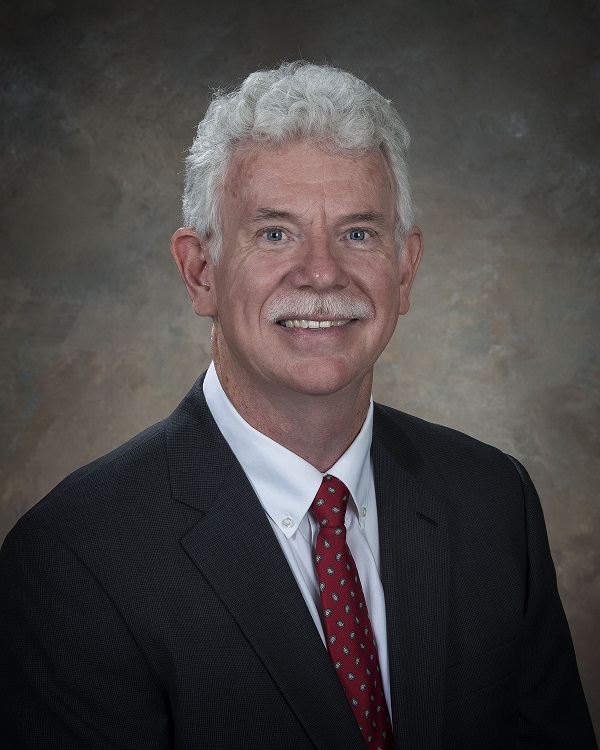
Data from 2020-2021, published by the Centers for Disease Control and Prevention, indicate that 178,000 people died in the U.S. from alcohol abuse and related health problems during that period. This represents a 29% increase from 2016-2017, when there were an estimated 138,000 deaths. Similarly disturbing, data published by the National Institute on Alcohol Abuse and Alcoholism indicate that rates of alcohol use disorder rose from 14.5 million adults in the U.S. in 2019 to 29.5 million in 2022.
Since a majority of adults in the U.S. drink alcoholic beverages on occasion, it is becoming even more important to be mindful of how to reduce the risks of negative impacts on our health, and on our lives, in general. The U.S. Department of Agriculture offers guidelines for alcohol consumption geared toward limiting those risks: no more than one standard drink per day for women, and no more than two standard drinks per day for men. While the difference in the numbers may seem unfair, they are based primarily upon body mass and metabolism rates.
What constitutes a "standard drink" depends upon what you're drinking. For example, for beer, it is 12 fluid ounces, for wine, it is 5 fluid ounces, and for liquor, it is 1.5 fluid ounces. While being mindful of the number of drinks we're consuming, it's also important to keep in mind that even within any given category or type of drink, the percentage of alcohol can vary significantly from one product to another. For example, in Alabama, beer can contain up to 13.9% alcohol, and wine can contain up to 24%.
I have two requests of you today. First, please be mindful of how much you're drinking, and be deliberate in reducing your risks, if needed. If you'd like to do a quick assessment of your drinking, an anonymous self-report test is available at https://auditscreen.org/check-your-drinking. Also, please consider sharing this information with any of your family members and friends that you think might be at risk for the health problems and other dangers associated with alcohol abuse.






